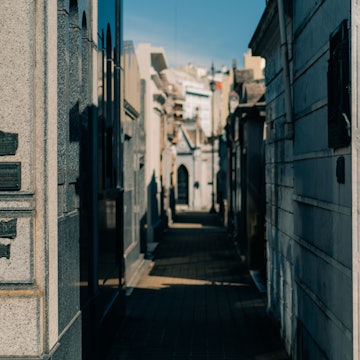
The Lonely Planet guide to Victoria Peak, Hong Kong



Victoria Peak serves up spectacular views of Hong Kong. Hit1912/Shutterstock
Hong Kong has seen many changes since it was reabsorbed into the People’s Republic of China in 1997. But British influences endure – not least in place names, which recall the 156 years of colonial rule during which Hong Kong evolved from sleepy fishing village to skyscraper-topped economic powerhouse.
A towering tableau of skyscrapers in the dreamiest of island settings, Hong Kong is a strong contender for having the world’s most beautiful cityscape. And there’s no better place to take in the views than from the top of Victoria Peak – the soaring green buttress rising above the north coast of Hong Kong Island. This lofty lookout is home to viewpoints, food stops, gleaming malls and touristy attractions, from the Sky Terrace 428 viewing deck to the Hong Kong branch of the Madame Tussauds waxworks.
Lord of all it surveys, Victoria Peak is Hong Kong Island’s top attraction – in every sense of the word. Reached by the gravity-defying Peak Tram, or less atmospherically by bus or taxi, the peak rewards those who ascend with one of the world’s greatest views, taking in a jungle-framed panorama of soaring skyscrapers and sapphire-blue sea. Consider making two trips if you have time – the vistas are stunning by day, but many find the nighttime views even more spectacular.
Here’s everything you need to know about visiting Victoria Peak in Hong Kong.
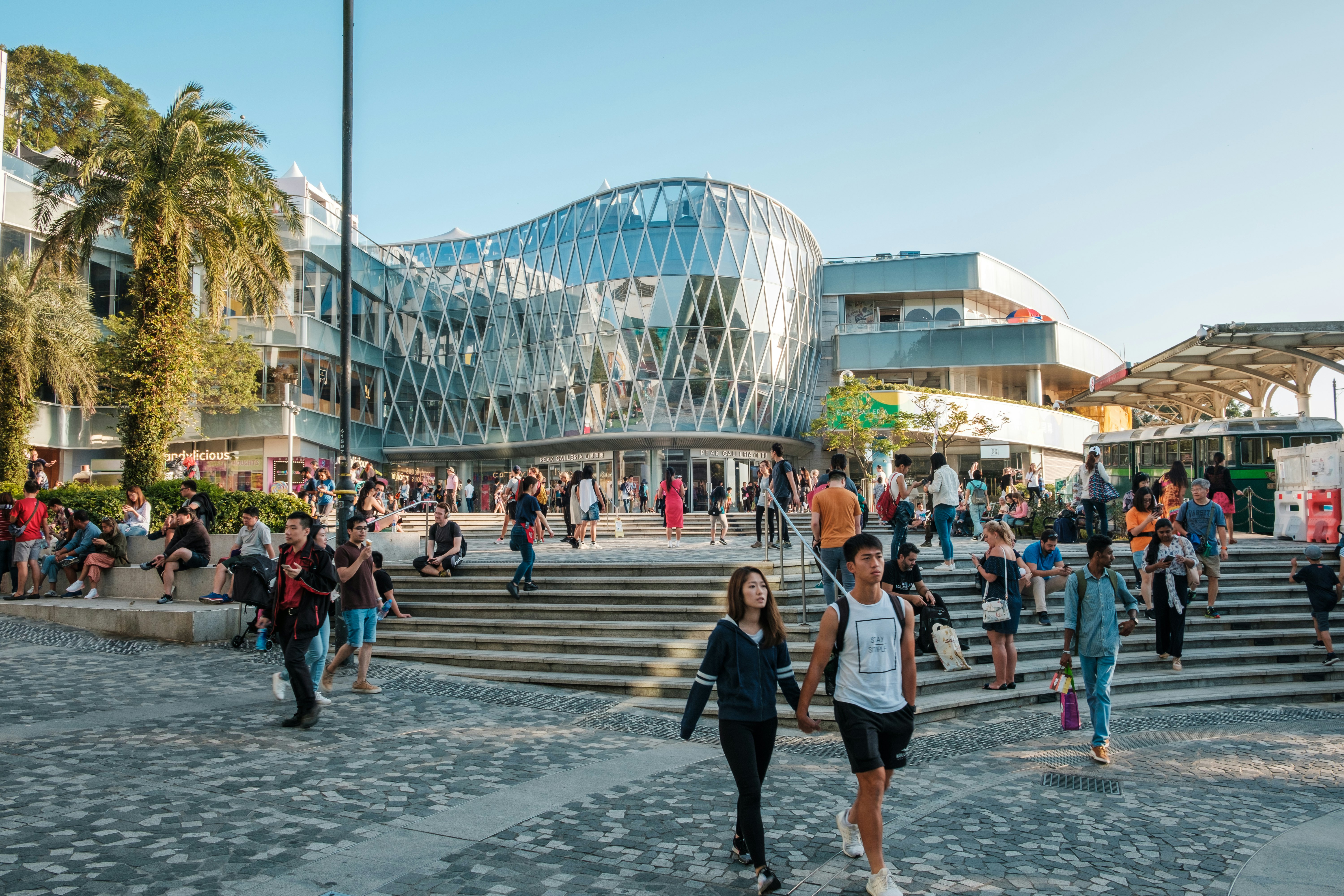
What is the history of Victoria Peak?
When the British took control of Hong Kong in 1841, 552m (1811ft) Victoria Peak was an undeveloped swath of jungle. Yet its cooler climate and elevated outlook quickly made it the desired summer address for Hong Kong’s early colonial elite, especially after bubonic plague tore through the overcrowded, mostly Chinese settlements along the harborfront.
One by one, the senior officials and taipans (chief executives) of Hong Kong’s trading companies built lavish residences up top, and were conveyed up and down in sedan chairs by teams of Chinese carriers. When the Peak Tram opened in 1888, living the high life became the goal of all Hong Kong social climbers – though up until the end of World War II, Chinese residents (except for servants) were barred from residing on Victoria Peak by official ordinance.
The earliest carriages on the Peak Tram were made of varnished wood with room for 40 passengers, hauled uphill by a cable attached to a steam engine. During the first half of the 20th century, the tram’s two front seats were reserved for the governor, and only made available to other passengers (in his absence, of course) two minutes before each departure. Back in the day, if you drank one too many sherries at a shindig on the Peak and missed the last tram down, you could order yourself a private tram at any time up to 3am.

How do I get to Victoria Peak?
Victoria Peak rises near the northern shore of Hong Kong Island, directly behind the busy neighborhoods of Central and Sheung Wan. It’s possible to walk up to the top of the peak, but it’s a tiring hike of one to two hours, and the ascent on foot can be a challenge in the hot summer. Plenty of people come by taxi; you can also take the 15 bus from Exchange Square in Central. But the definitive way to reach Victoria Peak is on the venerable Peak Tram.
Departing every 15 minutes from its base station on Garden Rd in Central, the Peak Tram seems to defy gravity, climbing steeply upward to reveal dizzying glimpses of the harbor over the course of its seven-minute ascent. This cable-hauled funicular has been in operation, with occasional pauses, since 1888; today, modern electric carriages run both ways from 7:30am to 11pm. Sit on the right-hand side for the best views on the way up.
Standalone tickets for the tram cost HK$108 (US$13.80) for a round trip, and HK$76 (US$9.70) for a one-way ride, with the option to pay more to beat the sometimes interminable queues. You can buy combined tickets that also cover sights at the top such as Madame Tussauds.
Many visitors buy a combo ticket that includes access to the Sky Terrace 428 viewing deck for HK$168 (US$21.50); however, this isn’t really needed if you’re happy to admire the views from Lugard Rd or from the tram on the way up. Discounts apply for kids under 11 and seniors over 65; toddlers aged three and under go free.
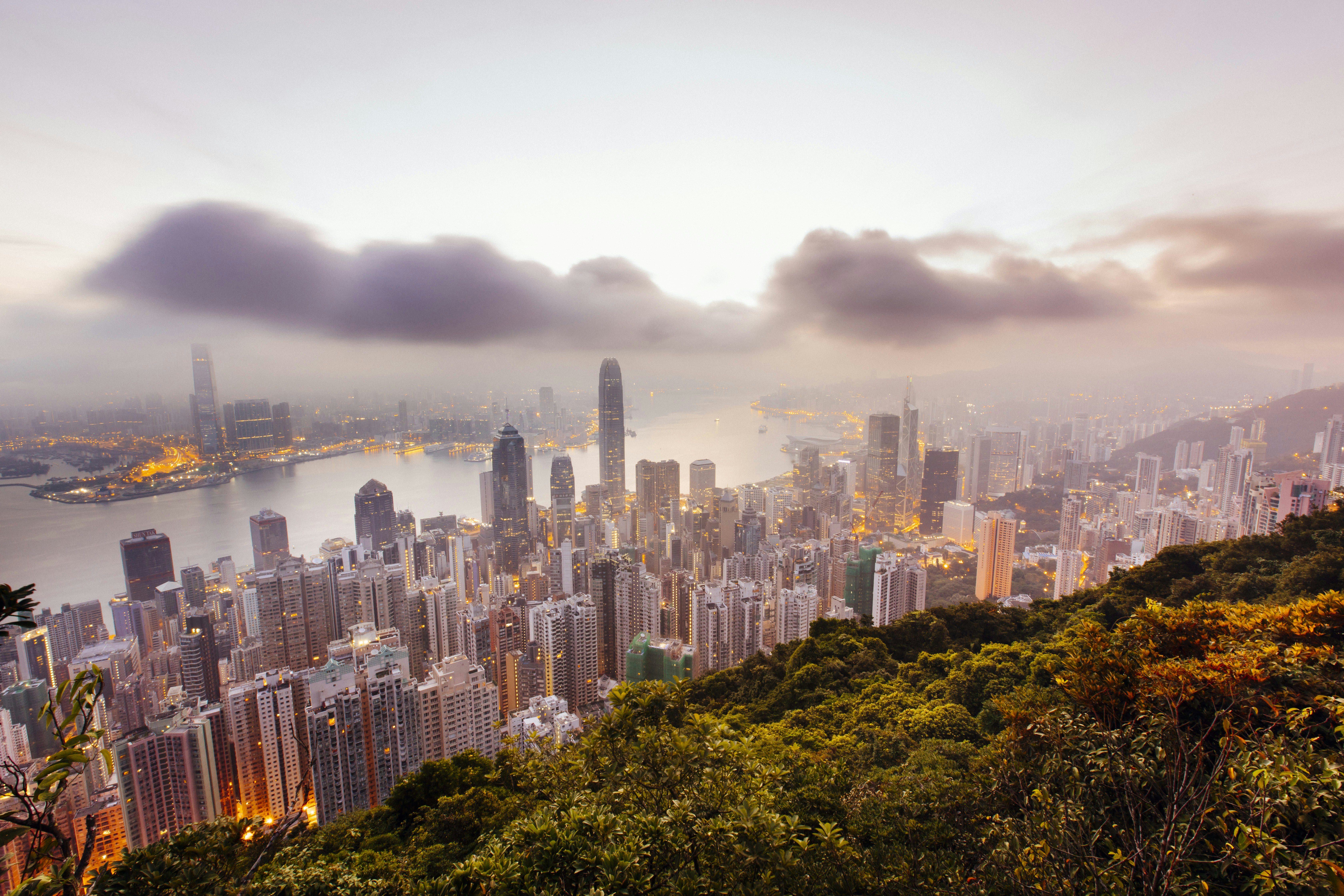
When should I go to Victoria Peak?
If you come on foot or by taxi, you can visit the peak at any time. If you’re relying on the Peak Tram or the bus, you can come between 7:30am and 11pm. Note that Sky Terrace 428 is open 10am to 10pm on weekdays and 8am to 10pm weekends. The futuristic-looking Peak Tower shopping center near the top tram station is open 10am to 11pm on weekdays, and 8am to 11pm at weekends; the nearby Peak Galleria mall keeps similar hours.
The most enjoyable time to visit Hong Kong is during the mild, mostly dry fall (from September to early November) or during the damper but still pleasant spring (from April to May). Exploring can be a sticky ordeal during the hot, humid summer from June to August, and surprisingly cold during the winter months.
How much time should I spend at Victoria Peak?
The Peak Tram will whisk you to the top in just seven minutes, so a fleeting visit is perfectly possible. But since there’s plenty to see and do, give yourself a couple of hours to appreciate the views and attractions. Allow half a day if you plan to hike up or down.
How much do tickets cost?
There’s no entry fee to the peak itself, but sights such as the Sky Terrace 428 and Madame Tussauds charge for entry. Admission is usually cheaper if you buy tickets in conjunction with a ticket for the Peak Tram.
What should I eat and drink at Victoria Peak?
There are various fast-food options alongside more-sophisticated dining options at the Peak Tower and Peak Galleria shopping malls. For posher dining up top, try Peak Lookout, a restaurant housed in a 19th-century sedan-chair rest station, combining good food (from China, India and worldwide) with a side serving of nostalgia. Or give Rajasthan Rifles near the top tram station a go for playful Anglo-Indian fare.
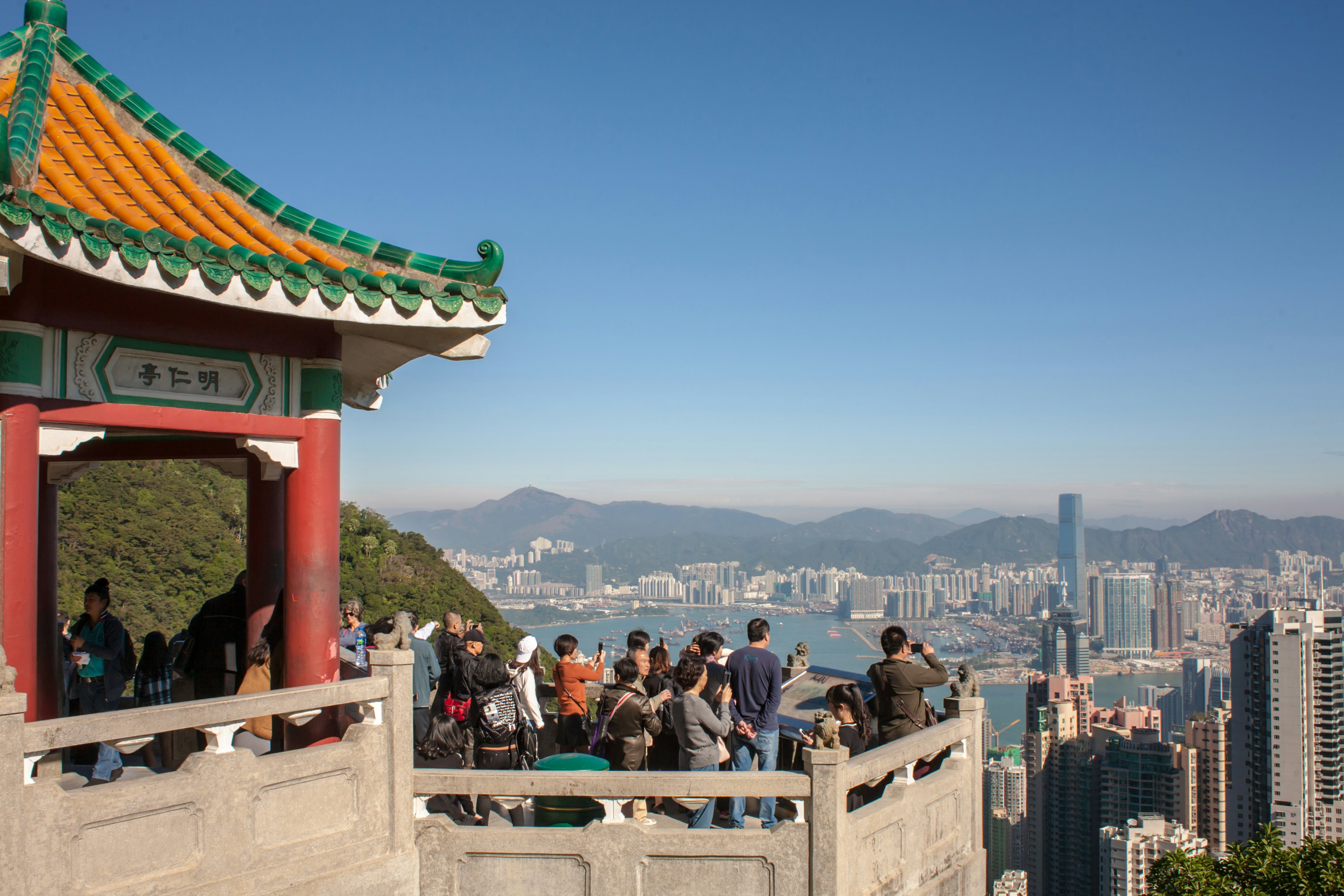
What should I see and do on Victoria Peak?
The views take center stage on Victoria Peak, but there are plenty of things to do in between enjoying the vistas. As the Peak Tram runs well into the evening, consider a nighttime trip to see the city lights sparkling over Victoria Harbour.
Take in the views from the summit
The main reason to come to this high point is to take in the views. And they are spectacular, with the sky-piercing towers of Central and Wan Chai rising dramatically in front of Victoria Harbour, and the shorefront of Tsim Sha Tsui and Kowloon visible in the distance. The vistas are dazzling by day, and equally dramatic by night, as the city towers are painted with lights for the evening Symphony of Lights show every day at 8pm.
Many visitors book tickets for the popular Sky Terrace 428 – Hong Kong’s highest viewing platform – on the top of Peak Tower at 428m (1404ft). However, there are dizzying views from many spots on the peak, including along the summit’s various free-to-access walking paths. If you can, choose a clear, cloudless day to visit: you can get a nine-day forecast on the Hong Kong Observatory’s website and a pollution forecast from the World Air Quality Index.
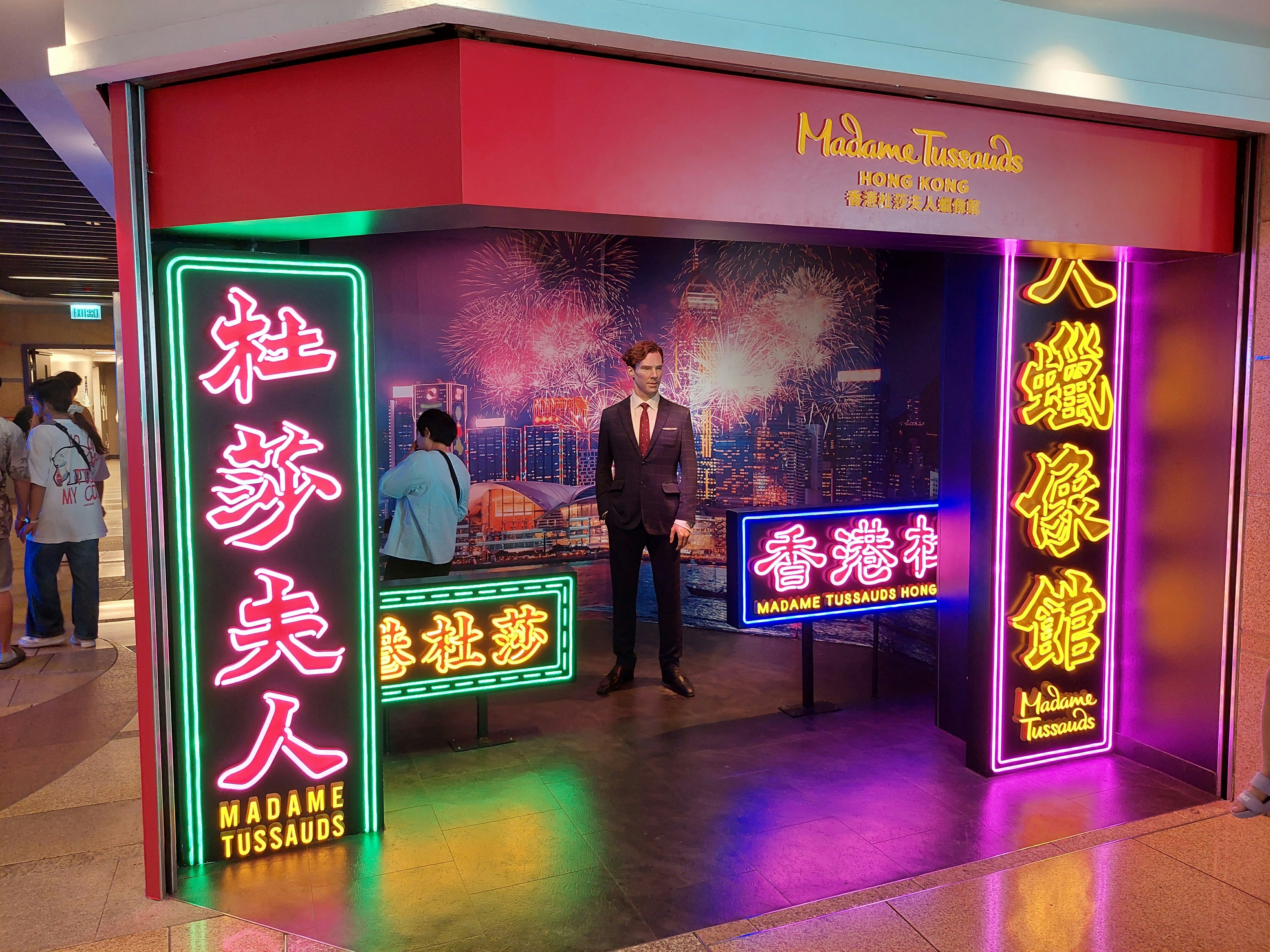
With kids in tow, take in the touristy attractions
On a family trip – or if you’re just a sucker for kitsch sights – there are plenty of touristy attractions on the peak. Alongside Instagram posing spots, Hong Kong’s Madame Tussauds features the usual collection of waxwork film stars, world leaders and superheroes, with lots of faces from the fabulously popular Hong Kong film industry (including many of the stars whose handprints grace the Avenue of Stars at Tsim Sha Tsui East Promenade).
There’s a good kids’ playground at Mount Austin, and strollers are fine for the level paths near the Peak Tower. On the way downhill, consider a stop at the Hong Kong Zoological & Botanical Gardens, lower down the slopes and accessible via the Old Peak Rd walking route.
Take a stroll in the cool highland air
Hong Kong’s colonial residents loved Victoria Peak for its cool, clean air, and the summit remains a popular place to stroll and enjoy the fresh breezes, particularly during the sultry summer months. Various walking routes (mostly pedestrianized roads) meander around Victoria Peak, including the easy Peak Circle Walk, which completes a loop of around 4km (2.5 miles) around the summit via Lugard Rd and Harlech Rd. The Lugard Rd section is wheelchair accessible and barrier-free, and the lookout about halfway along offers stunning views across the rooftops of Central and Sheung Wan.
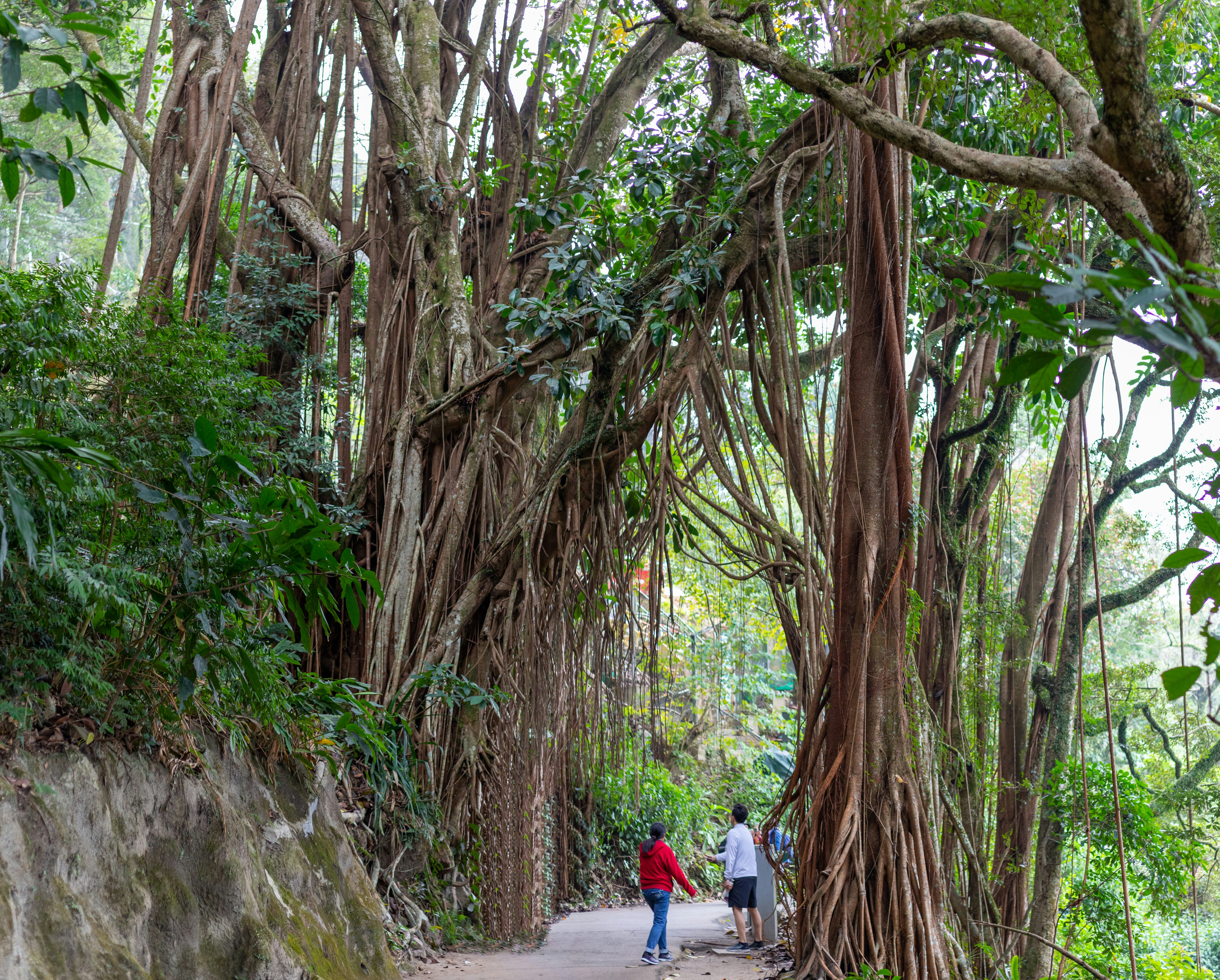
Hike up to Victoria Peak (or back down to Central)
One of the most memorable ways to reach Victoria Peak is the climb up on foot (though you may prefer to avoid the exertion during the hot, humid summer months). The most rewarding route is the 2.8km (1.7-mile) Morning Trail, with its trailhead at the intersection of Hatton Rd and Po Shan Rd.
Unlike the touristy Peak Tram, the Morning Trail slots you in among ordinary Hong Kongers – dog walkers, joggers, amblers, folks doing taichi – making the most of the Peak scenery. Passing through Lung Fu Shan Country Park, it’s also a nature walk that climbs upward under a dappled canopy of Indian rubber trees, passing sturdy banyans; gordonias with their yellow and white, fried egg–like flowers; the occasional orchid; and a host of birdlife and butterflies.
Be sure to check out the remains of the Pinewood Battery en route. This colonial-era relic comprises the ruins of an extensive British military site, consisting of soldiers’ quarters, storehouses and gun emplacements. The battery was abandoned after Japanese airstrikes in 1941.
Consider taking the tram uphill and hiking down if you don’t feel up to the ascent. As well as following the Morning Trail, you can hike down to Pok Fu Lam Reservoir, or descend to Central via two different paths (one follows Old Peak Rd and passes through the Hong Kong Zoological & Botanical Gardens, while the other follows the Tramway Path to the lower tram station). Download the free Hiking Trail HK smartphone app for GPS-assisted route guides.
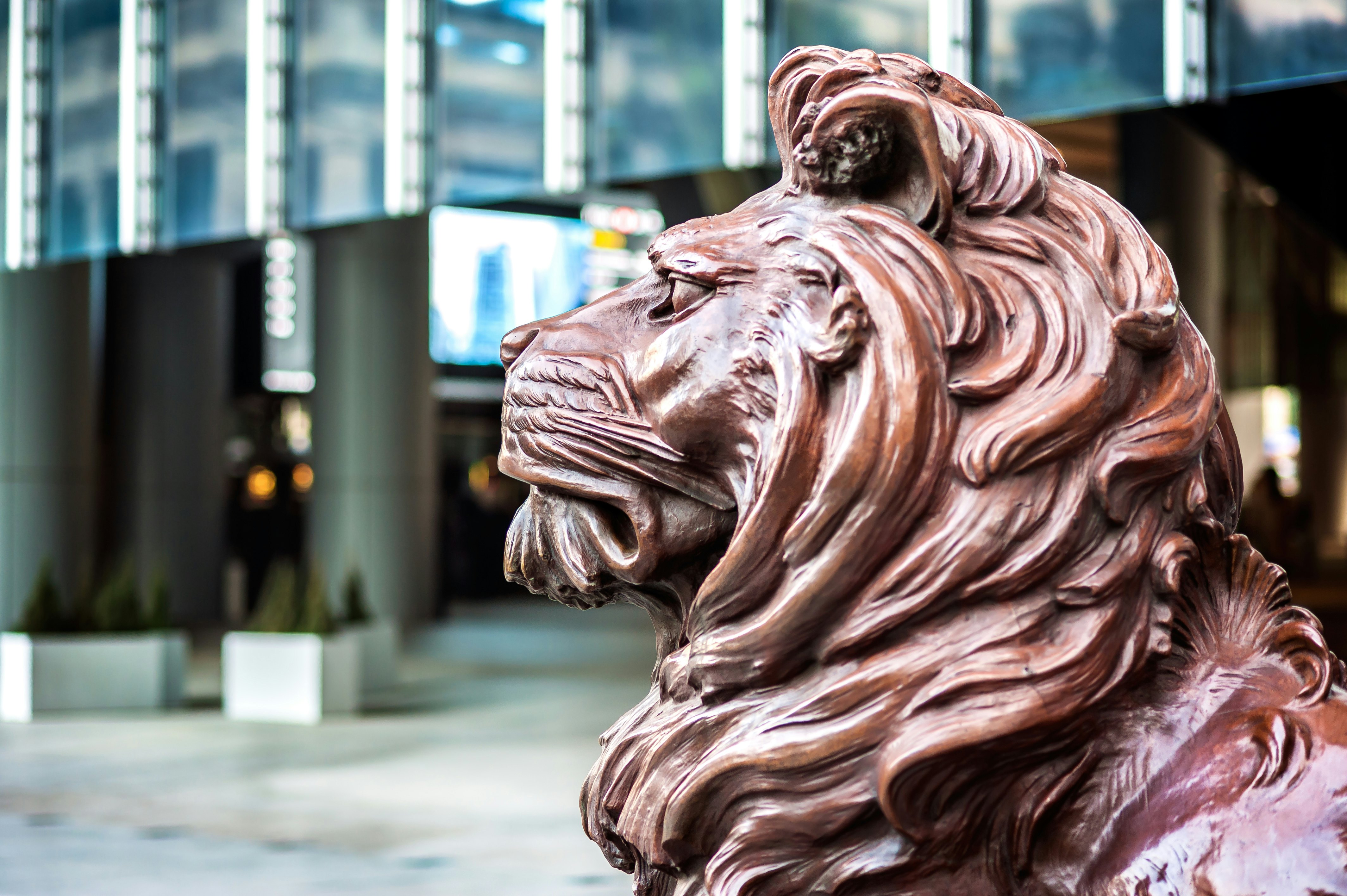
Explore the British-era district of Victoria
Below Victoria Peak, the Central district was known in colonial times as Victoria, and it’s worth taking time to explore after descending Victoria Peak to discover the area’s British-era relics. Start in Statue Square near the Central Underground station and admire the neoclassical Court of Final Appeal, built around 1912. Cross Des Voeux Rd Central, passing under the HSBC Building between Stephen and Stitt – the bank’s iconic bronze lions, cast in 1935.
On the far side of Queens Rd Central, climb the steps to Battery Path, which winds up to St John’s Cathedral, a museum piece from 1849. Take the overpass across Garden Rd, and make for Hong Kong Park on the site of the former Victoria Barracks (follow signs for the Flagstaff House Museum of Tea Ware for a worthwhile diversion). Stroll uphill through the Edward Youde Aviary, then wander over to the park exit. Go under Cotton Tree Dr and over Garden Rd, and head uphill to reach the Hong Kong Zoological & Botanical Gardens.
After a look around, exit the way you came in, and turn left along Upper Albert Rd. On your right is Government House, the residence of Hong Kong’s chief executive, and before that the home of the city-state’s colonial governors. From Upper Albert Rd, follow the Albert Path steps to Lower Albert Rd, then another set of steps to Ice House St. Go right to Duddell St to see Hong Kong’s last remaining gas-powered street lamp, before following more steps down into the heart of Central.
Is Victoria Peak accessible?
While the Peak looks challengingly steep from below, many areas are accessible to visitors with limited mobility. Taking the Peak Tram involves navigating some steps; wheelchair users are better off booking an accessible taxi to the top through Diamond Cab or SynCab. At the summit, wheelchair users can access most of the viewpoints, malls and restaurants. Winding along the ridge at about 400m (1312ft), Lugard Rd is paved, barrier-free and suitable for wheelchairs – the views from here are stunning and taxis can drop you at Peak Galleria, near the end of the road.
This article was adapted from Lonely Planet’s China guidebook, published in August 2025.





